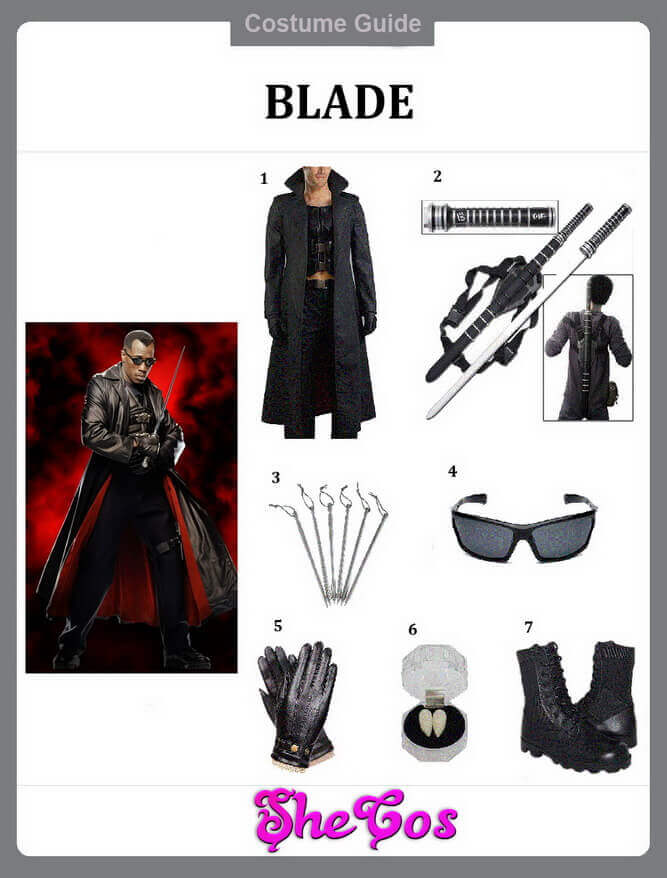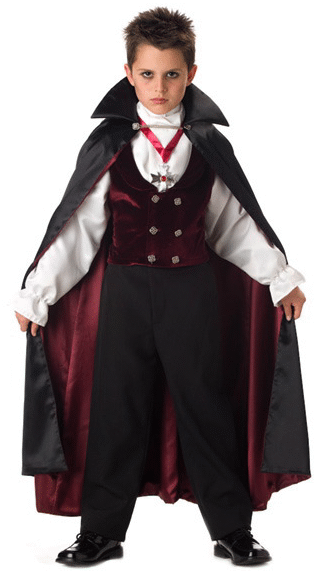
It was seen as a liminal time, when the spirits or fairies (the Aos Sí), and the souls of the dead, could more easily come into our world. After the Christianization of Ireland in the 5th century, some of these customs may have been retained in the Christian observance of All Hallows' Eve in that region-which continued to be called Samhain/ Calan Gaeaf-blending the traditions of their ancestors with Christian ones. The festival is believed to have pre-Christian roots. It was called Samhain in Ireland, Scotland and the Isle of Man, and Calan Gaeaf in Wales, Cornwall and Brittany. The practice may have originated in a Celtic festival, held on 31 October–1 November, to mark the beginning of winter. The wearing of costumes at Halloween may come from the belief that supernatural beings, or the souls of the dead, roamed the earth at this time. Halloween costumes have tended to be worn mainly by young people, but since the mid-20th century they have been increasingly worn by adults also.Īn early 20th-century Irish Halloween mask (a "rhymer" or a "vizor") displayed at the Museum of Country Life.

However, by the 1930s costumes based on characters in mass media such as film, literature, and radio were popular.

Halloween costumes are traditionally based on frightening supernatural or folkloric beings. Wearing costumes and mumming has long been associated with festivals at other times of the year, such as on Christmas. It has been suggested that the custom comes from the Celtic festivals of Samhain and Calan Gaeaf, or from the practise of " souling" during the Christian observance of Allhallowtide. There are many references to the custom during the 18th and 19th centuries in the Celtic countries of Scotland, Ireland, Mann and Wales. An early reference to wearing costumes at Halloween comes from Scotland in 1585, but they may pre-date this. Halloween costumes are costumes worn on or around Halloween, a festival which falls on October 31.

People dressed as Ghouls during Halloween in Budapest


 0 kommentar(er)
0 kommentar(er)
